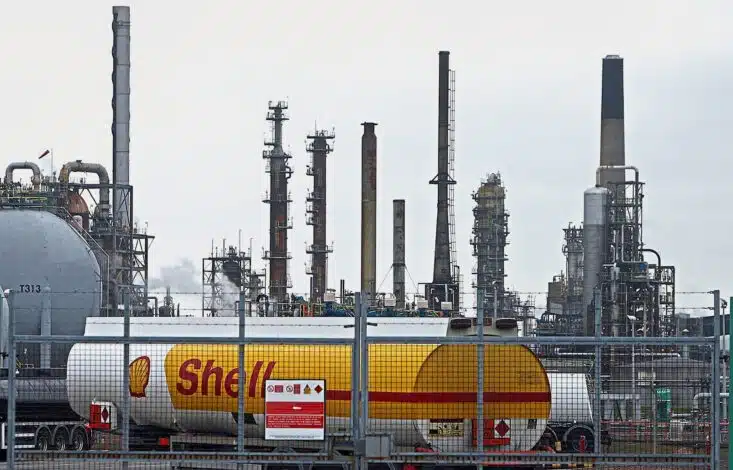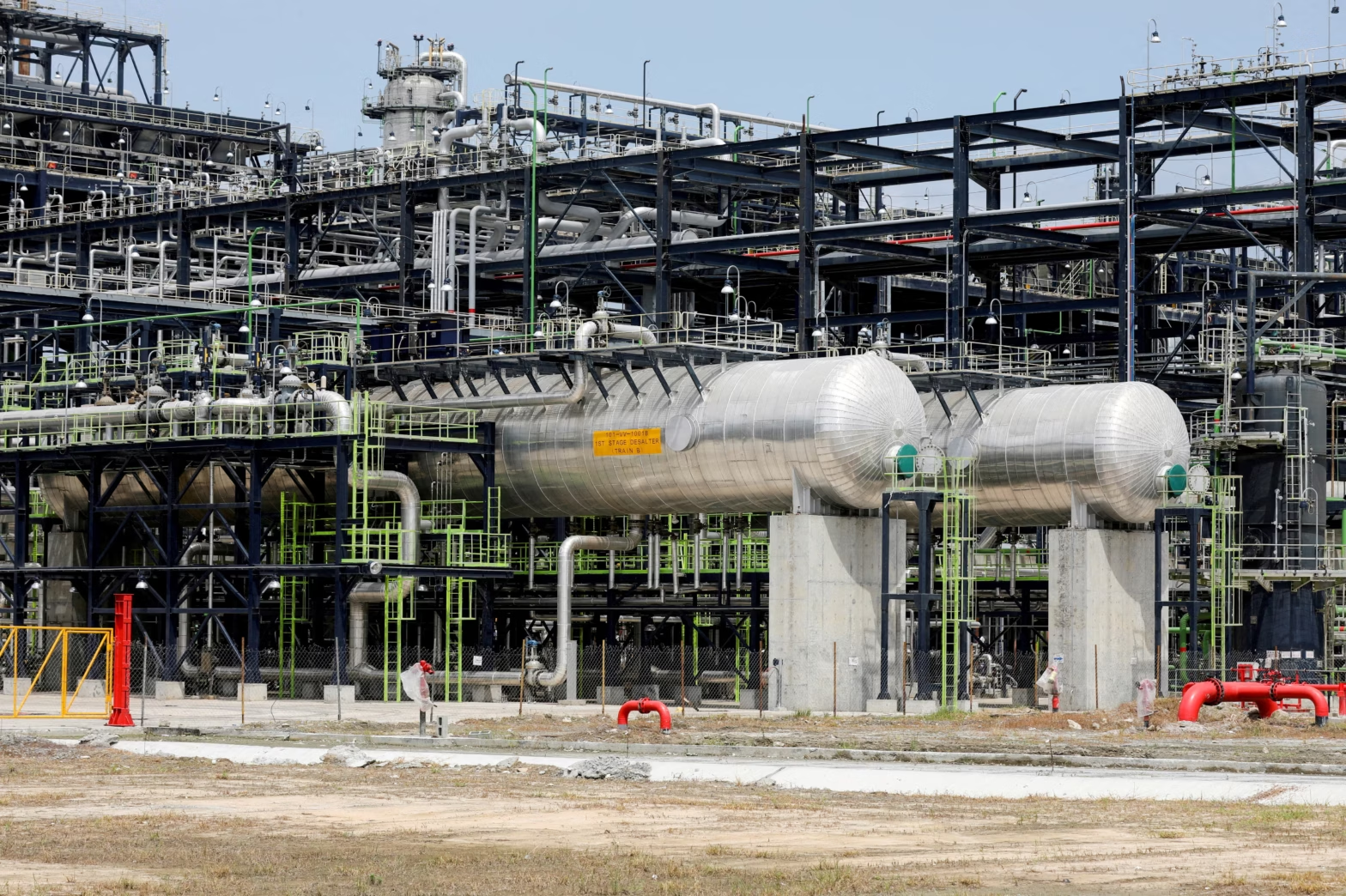While Shell Plc’s exit from Nigeria’s onshore oilfields is no longer news, the company remains one of the most significant international oil companies (IOCs) operating in the country.
With onshore assets valued at approximately $2.4 billion, Shell holds some of the largest oil assets in Nigeria.
Following approval from Nigeria’s government, the sale of these assets to Renaissance Group, a consortium of five indigenous companies, is now imminent.
Shell first announced its plan to exit Nigeria’s troubled onshore oilfields in January, marking the end of nearly a century of operations in the country.
The company stated it will sell the Shell Petroleum Development Company of Nigeria Limited (SPDC) onshore assets for $1.3 billion, with the buyers committing to an additional payment of up to $1.1 billion related to prior receivables upon completion.
Below is a breakdown of Shell’s assets in Nigeria’s onshore assets.
1. SPDC joint venture
The Shell Petroleum Development Company of Nigeria Limited joint venture (SPDC JV) is one of the largest onshore assets in Nigeria, with Shell holding the second-largest stake of 30%, which it now plans to sell to Renaissance Group.
The SPDC JV is jointly owned by NNPC with a 55% share, SPDC with 30%, Total E&P Nigeria Ltd with 10%, and the Eni subsidiary Agip Oil Company Limited with 5%.
SPDC is the largest Shell company in Nigeria and was responsible for the country’s first commercial oil exports in 1958.
Once Shell sells its stake, the new buyers will control the 30% interest, leaving the Anglo-Dutch company to focus on the deep-water environment and its other subsidiaries in the country.
2. 50 producing oil fields
The SPDC JV, in which Shell owns a 30% stake, includes about 50 producing oil fields in Nigeria’s onshore environment. This means that SPDC controls nearly half of these oil fields, making it a significant stakeholder in the assets.
These fields are some of the largest in Nigeria.
As part of the transfer, the five consortium oil firms will take control of and operate these oil fields. This includes assuming responsibility for Shell’s staff and contractors, as well as managing the day-to-day operations of the assets.
3. 5,000 kilometers of oil and gas pipelines
The SPDC JV also controls a major network of oil and gas pipelines in Nigeria, playing a key role in the distribution of products across different regions.
According to the company’s website, SPDC JV operates about 5,000 kilometers of oil and gas pipelines across Nigeria.
Renaissance Group will also be required to take over these assets, managing them alongside other stakeholders such as NNPC, TotalEnergies, and Agip Oil.
It is important to note that one of the reasons for Shell’s exit is the persistent issue of pipeline vandalism by non-state actors, driven by oil theft. This has led to oil spills and significant environmental damage.
Reports indicate that Shell has spent over $80 million in compensation to residents affected by spills caused by pipeline vandalism.
4. 37 producing gas wells
The company also operates 37 producing gas wells in its onshore operations, contributing significantly to its natural gas output. SPDC controls a diverse range of assets, including the 4 West and 33 East assets, which are key to its upstream activities.
These assets are integral to the company’s production capacity and form a vital part of its operational portfolio, further enhancing its role in Nigeria’s energy sector.
5. 250 producing oil wells
SPDC also operates and owns a 30% stake in about 250 producing oil wells through its joint ventures. These wells contribute a significant portion of Nigeria’s total oil production.
As part of the asset transfer, the new buyers will be required to take over the operation of these wells.
6. Two onshore oil export terminals
The SPDC JV also holds a significant stake in two major onshore oil export terminals in Nigeria: Bonny and Forcados.
According to the company’s website, Shell’s Bonny terminal was commissioned in April 1961, while Forcados was commissioned in September 1971, making them among the oldest tank farms in the country.
These terminals are also major contributors to Nigeria’s total oil production.
7. Four gas plants
The joint venture also operates four gas plants, according to data from the company’s website.
It is important to note that Shell has a separate gas subsidiary in Nigeria, Shell Nigeria Gas Limited (SNG), which controls the majority of the company’s gas assets in the country.
However, the four gas plants in the onshore environment are operated by the SPDC JV and will be included in the assets that the company will hand over to the new buyers, namely Renaissance Group.






